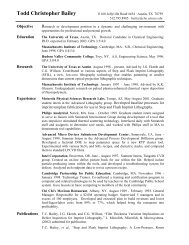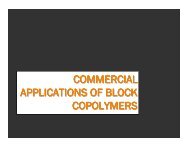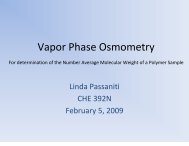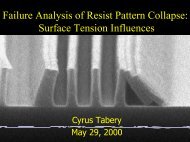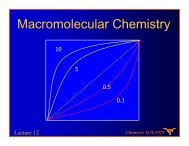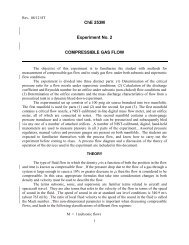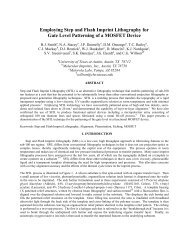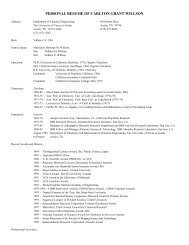Asymmetric fluid-structure dynamics in nanoscale imprint lithography
Asymmetric fluid-structure dynamics in nanoscale imprint lithography
Asymmetric fluid-structure dynamics in nanoscale imprint lithography
- No tags were found...
You also want an ePaper? Increase the reach of your titles
YUMPU automatically turns print PDFs into web optimized ePapers that Google loves.
Chapter 1: Background and MotivationSemiconductor materials such as silicon, GaAs, and SiGe are thefundamental build<strong>in</strong>g blocks for microelectronic chips, which make possible theInternet and electronic commerce, telecommunications, computers, consumerelectronics, <strong>in</strong>dustrial automation and control systems, and analytical and defensesystems. A critical unit process associated with the manufacture ofsemiconductor chips is pattern<strong>in</strong>g us<strong>in</strong>g photo<strong>lithography</strong>. This researchaddresses a low-cost, high-throughput alternative to photo<strong>lithography</strong> <strong>in</strong> thesub-100 nm regime.1.1 INTRODUCTIONThe recent decades have experienced an <strong>in</strong>undation of technological<strong>in</strong>novations <strong>in</strong> the fields of comput<strong>in</strong>g and microelectronics. This progress hasbeen brought about by the ability to replicate <strong>in</strong>creas<strong>in</strong>gly higher resolutioncircuit patterns on semiconductor wafers. Smaller patterns allow semiconductormanufacturers to produce more densely packed circuits that operate at fasterspeeds, and to place more circuits onto a s<strong>in</strong>gle wafer, thus decreas<strong>in</strong>gmanufactur<strong>in</strong>g costs. The <strong>in</strong>dustry standard process for pattern generation hashistorically been optical micro<strong>lithography</strong> (or simply optical <strong>lithography</strong>).Advances <strong>in</strong> optical <strong>lithography</strong> have made it possible to allow high-throughputmanufacture of circuits with feature sizes as small as 130 nm. However, it isbelieved that the current progression <strong>in</strong> optical methods is approach<strong>in</strong>g limits,which will lead to prohibitive costs <strong>in</strong> capital equipment for marg<strong>in</strong>alimprovements <strong>in</strong> technology for microelectronics manufacturers.1



